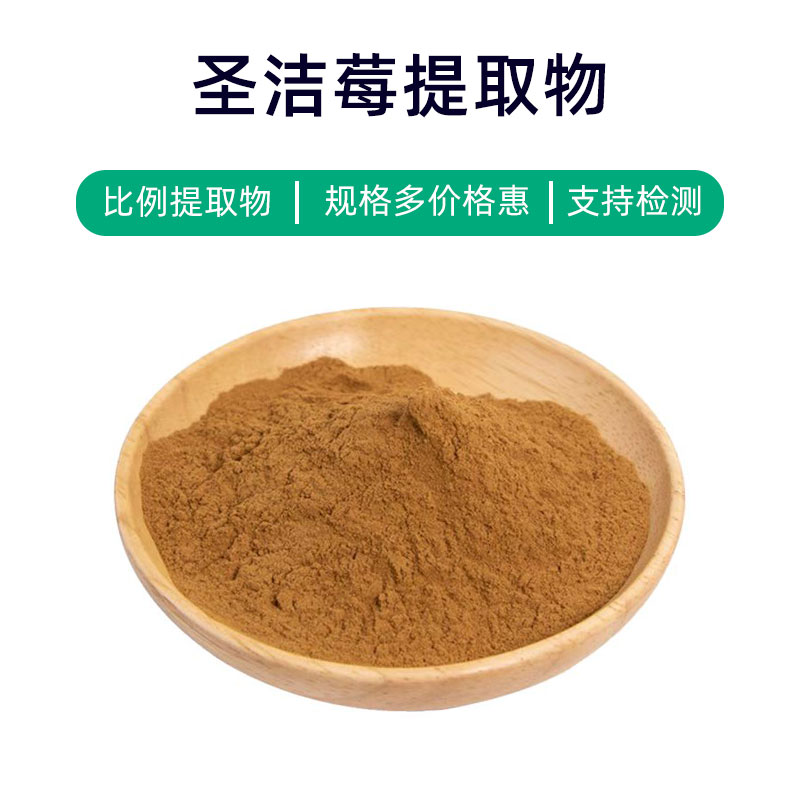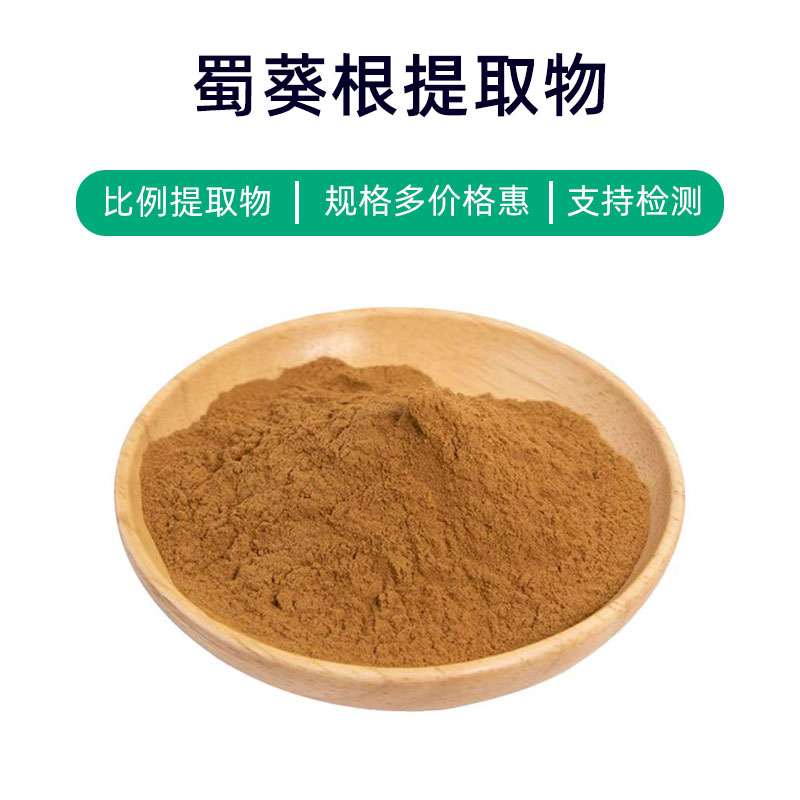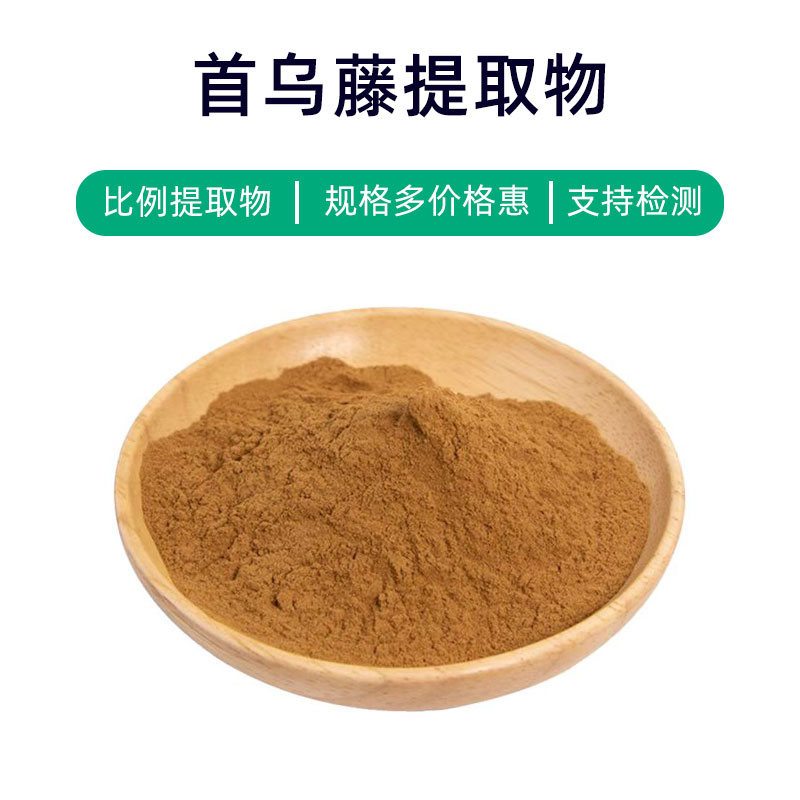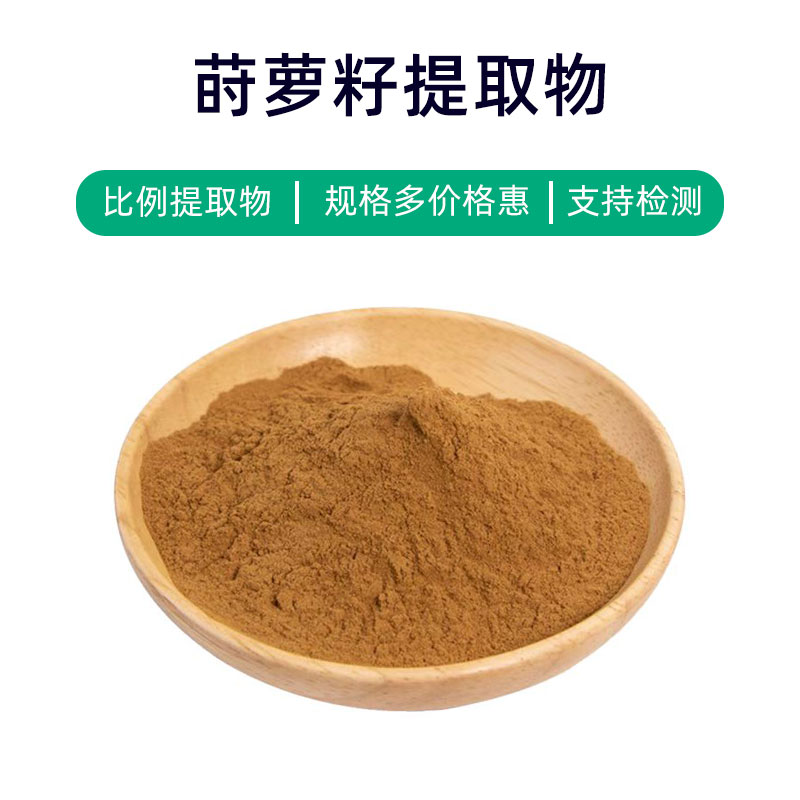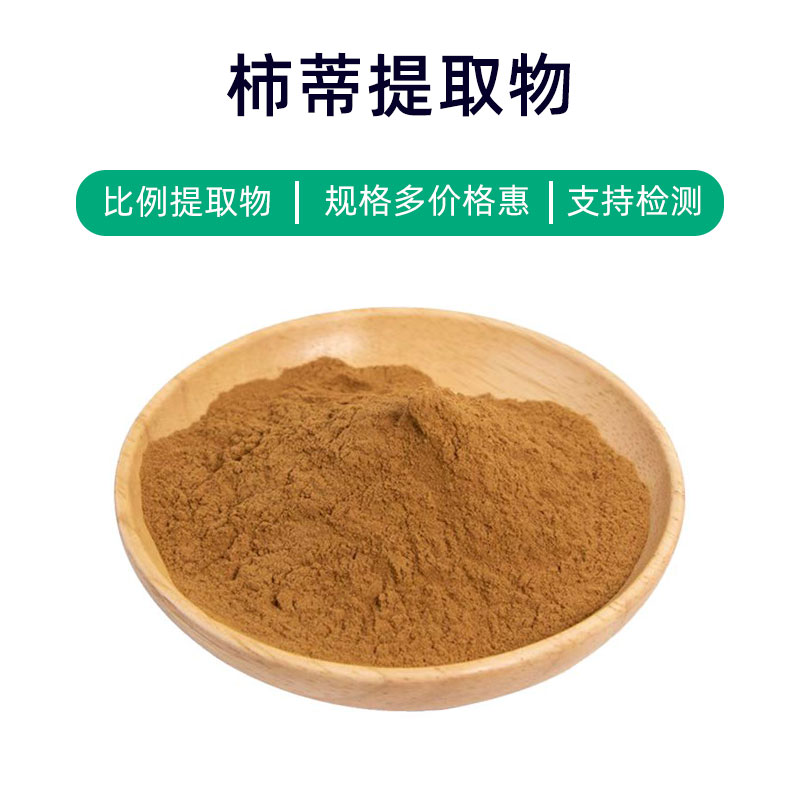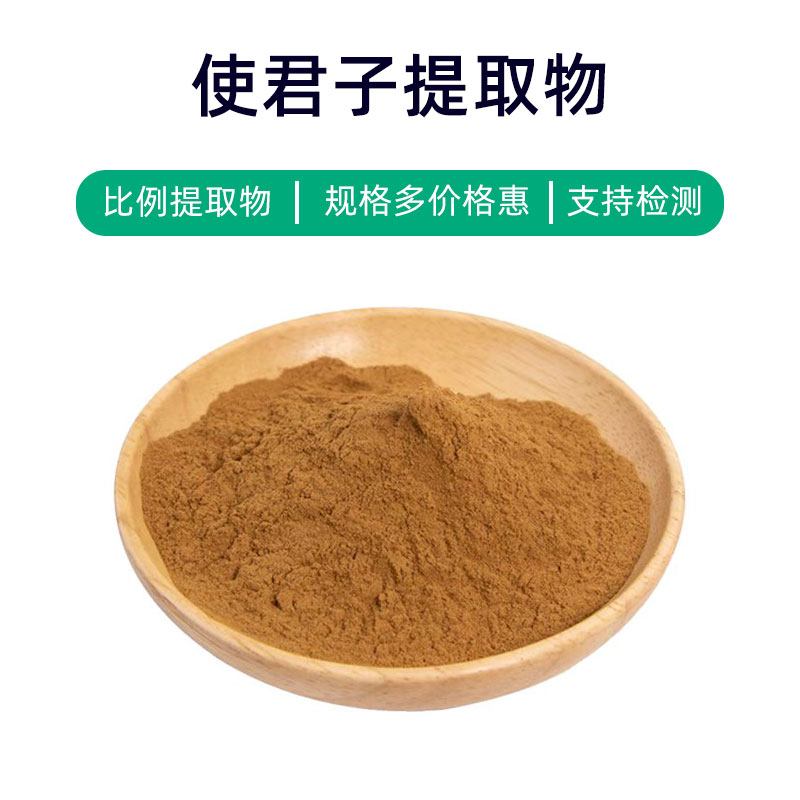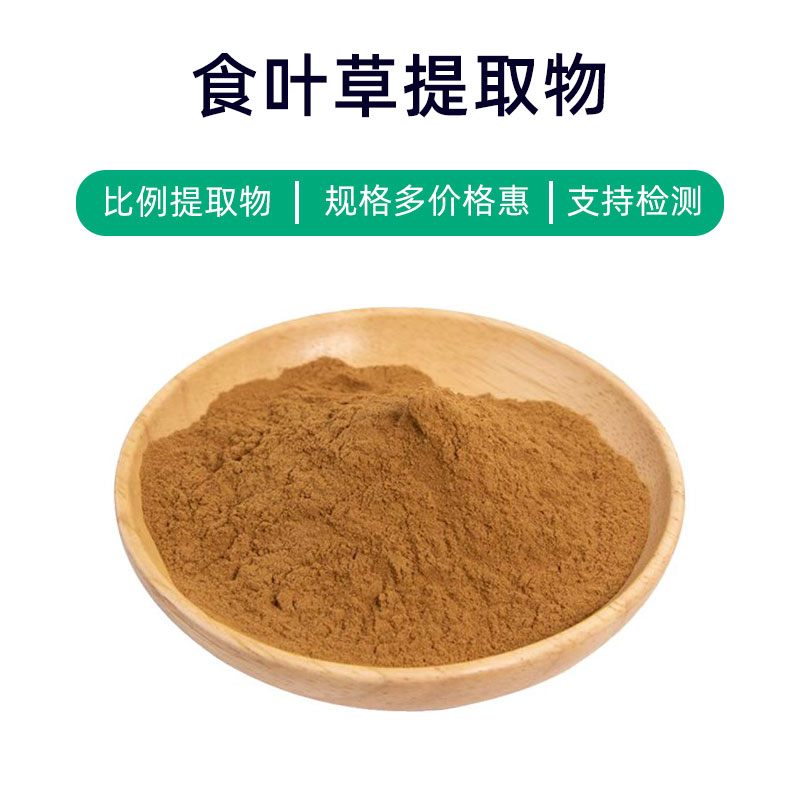Holyberry Extract Product Introduction
Holyberry extract is a natural plant extract derived from the fruits of Holyberry (Vaccinium vitis-idaea). Its key ingredients include anthocyanins, flavonoids, and vitamin C. These components have powerful antioxidant effects, capable of neutralizing free radicals, protecting cells from oxidative damage, slowing down aging, and helping maintain healthy skin.
Holyberry extract is commonly found in dietary supplements, functional foods, and cosmetics. In dietary supplements, it is often used to formulate antioxidant supplements that help boost the immune system and prevent diseases. In functional foods, it is added to various health drinks and nutritional foods to enhance their nutritional value and functionality. In cosmetics, it is frequently found in skincare and beauty products that improve skin radiance, reduce the appearance of wrinkles and fine lines, and promote a youthful and healthy complexion.
Overall, Holyberry extract, as a natural plant extract, boasts remarkable antioxidant properties suitable for various product applications. Its abundant nutritional components and benefits make it a highly favored ingredient in today's health and beauty products.
Holyberry Extract Production Process
The production process of Holyberry extract generally includes the following steps:
- Raw Material Preparation: Fresh, ripe Holyberry fruits are selected as the extraction source. Fruits are harvested, washed, and impurities are removed to ensure purity and quality.
- Maceration: The cleaned Holyberry fruits are chopped or crushed and then combined with an appropriate solvent (such as water or ethanol) for extraction. During this process, with suitable temperature, time, and stirring, the active ingredients dissolve thoroughly into the solvent.
- Filtration: The mixture after extraction is filtered through a sieve or filter paper to remove pulp and impurities, resulting in a clear extract.
- Concentration: The filtered extract is concentrated, usually by vacuum evaporation or spray drying, to evaporate the solvent and concentrate the extract.
- Purification: The concentrated extract undergoes further purification, often using techniques such as column chromatography, crystallization, or freeze separation to remove impurities and enhance purity.
- Drying: The purified extract is dried, commonly through spray drying or vacuum drying, to convert it into powder form for easier packaging and storage.
- Quality Control: Key aspects of the production process are strictly monitored, including raw material inspection, production monitoring, and final product testing, to ensure stable quality and compliance with standards.
- Packaging and Storage: The dried Holyberry extract is packaged in sealed containers or aluminum foil bags and stored in a dry, cool place to avoid direct sunlight and moisture, preserving its stability and active components.
Through these procedural steps, high-quality, stable Holyberry extract is produced to meet the needs of pharmaceuticals, dietary supplements, and cosmetics.
Holyberry Extract Effects and Side Effects
Holyberry extract is a natural plant extract with various functions and benefits, primarily including antioxidant, anti-inflammatory, and beauty-enhancing properties.
- Antioxidant Effects: Holyberry extract is rich in natural antioxidants like anthocyanins and flavonoids, which neutralize free radicals, mitigate oxidative stress on the body, protect cellular membranes and organelles, and slow the aging process.
- Anti-Inflammatory Effects: It shows certain anti-inflammatory properties, inhibiting the occurrence and development of inflammation, alleviating pain and discomfort caused by inflammation, and providing auxiliary treatment for inflammatory diseases like arthritis and dermatitis.
- Beauty and Skin Care: The vitamin C and antioxidant components in Holyberry extract support collagen synthesis, enhancing skin elasticity, reducing the appearance of wrinkles and fine lines, and leaving skin firmer and healthier.
- Cardiovascular Protection: The anthocyanins in Holyberry extract are believed to have excellent cardiovascular protective effects, potentially lowering blood pressure, improving vascular elasticity, and preventing atherosclerosis and other cardiovascular diseases.
- Immune Modulation: The nutritional components of Holyberry extract can regulate immune system function, strengthen the body’s immunity, and reduce the likelihood of infections and diseases.
- Digestive Health: Holyberry extract is rich in dietary fiber and vitamins that promote digestive tract movement, support gastrointestinal health, and prevent constipation and digestive diseases.
- Blood Sugar Regulation: Some studies suggest that Holyberry extract may help regulate blood sugar levels, assisting in stabilizing blood sugar and potentially preventing diabetes and related conditions.
Typically, Holyberry extract is considered safe, but individual differences and allergic reactions should be noted during use. Long-term high-dose usage may lead to digestive issues or allergic reactions, so it’s advisable to consult a doctor or nutritionist for guidance and adhere strictly to product instructions or professional advice.
Holyberry Extract Application Scenarios and Dosage
Holyberry extract has various applications in the fields of medicine, food, and cosmetics, with its rich nutritional components and multiple benefits making it an ideal additive in numerous products.
In the medical field, Holyberry extract is commonly used to prepare health supplements and medications aimed at boosting immune function, disease prevention, and promoting recovery. For instance, Holyberry extract could be made into oral capsules or tablets, typically consumed post-meal with a recommended dosage of 200-500 mg per serving, adjusted based on individual circumstances and medical advice. Additionally, it can also be used in topical medications, such as ointments or creams for treating skin inflammation and eczema, with specific dosages dependent on conditions and followed as prescribed.
In the food sector, Holyberry extract is widely applied in functional and health foods, such as juices, jams, beverages, and candies. It can serve as a natural food additive that enhances nutritional value and functionality, also imparting its unique flavor and color. Dosages can be adjusted according to product formulations and requirements, generally recommended to be within a reasonable range that complies with relevant food safety standards.
In cosmetics, Holyberry extract is frequently incorporated into skincare and beauty products like creams, masks, lotions, and serums. It serves as a natural antioxidant and moisturizer, effectively countering free radical damage, slowing skin aging, and enhancing skin elasticity and radiance. It is usually suggested to add Holyberry extract to skincare items as per product instructions, applying it gently to the face and neck after cleansing in the morning and evening.
Overall, Holyberry extract holds significant application value across the medical, food, and cosmetic industries. Its usage and dosages should be determined based on the characteristics of different fields and products, ensuring proper usage to maximize its benefits while maintaining safety and effectiveness.
Holyberry Plant Description, Distribution, and Growth Environment
Holyberry (Vaccinium vitis-idaea), also known as lingonberry, is a perennial herbaceous plant belonging to the Ericaceae family. It is native to temperate regions of the Northern Hemisphere and is widely distributed across the cold-temperate and temperate zones of North America, Europe, Asia, and North Africa.
Holyberry is a small shrub that typically grows between 10 to 40 centimeters tall, with a well-developed root system and upright, creeping stems. Its leaves are elliptical or ovate, leathery, glossy, and serrated at the edges, with a deep green color. It blooms in spring, producing clusters of white or pink flowers from May to July. The fruits are small red berries about 6 mm in diameter, offering a sweet and sour flavor, ripening in late summer to early autumn.
Holyberry primarily thrives in environments like coniferous forests, mixed conifer-hardwood forests, alpine meadows, and wetlands in cold temperate and temperate regions. It prefers acidic soil but does well in well-drained sandy loam. In nature, Holyberry is commonly found in regions like Alaska and Canada in North America, the Scandinavian Peninsula, western Russia, and northern Europe, as well as areas in Siberia and northern Japan in Asia.
Holyberry holds ecological significance, being a vital food source for various wildlife and birds, and provides habitat for many insects. Additionally, its fruits are of great nutritional and medicinal value, widely utilized in food processing, pharmaceutical preparations, and dietary supplement production. Due to its specific growing environment, the harvest of wild Holyberry is limited, leading to increasing cultivation efforts to meet market demand.
Holyberry Extract Processing and Storage
The processing of Holyberry extract typically involves the following steps: First, fresh Holyberry fruits are cleaned and impurities are removed, followed by maceration, filtration, concentration, purification, and other processes to ultimately obtain the extract. The extract can be dried (for example, through spray drying) to produce a powdered form. To maintain quality and stability, the extract should be stored in a dry, cool, well-ventilated area, avoiding direct sunlight and moisture. Sealed containers effectively prevent oxidation and moisture ingress, thereby extending the shelf life of the extract.
Monica Sun is a seasoned expert in the plant extraction industry with over a decade of experience in research and production. She specializes in the extraction and purification of plant active ingredients, focusing on driving innovation in natural product applications. Monica has participated in the development of multiple functional plant extracts, delivering high-value natural raw material solutions for the health food, pharmaceutical, and dietary supplement sectors.

